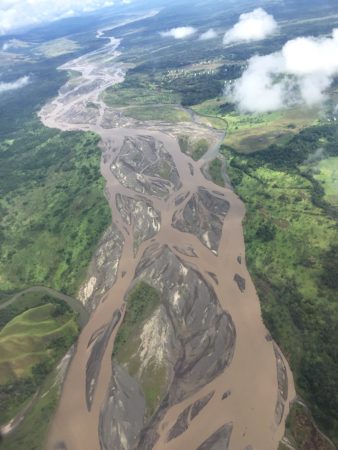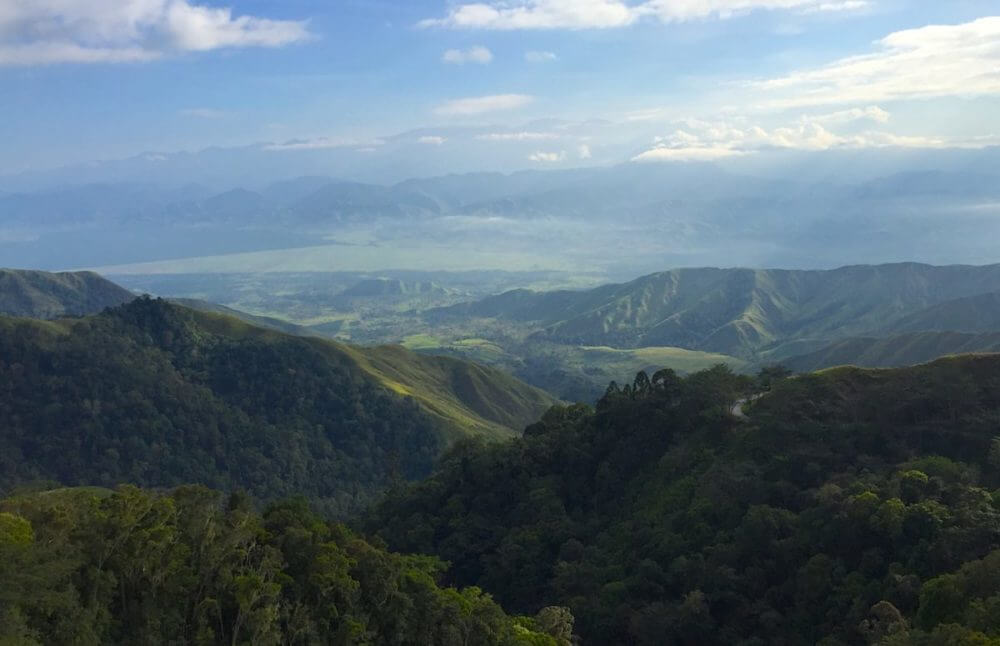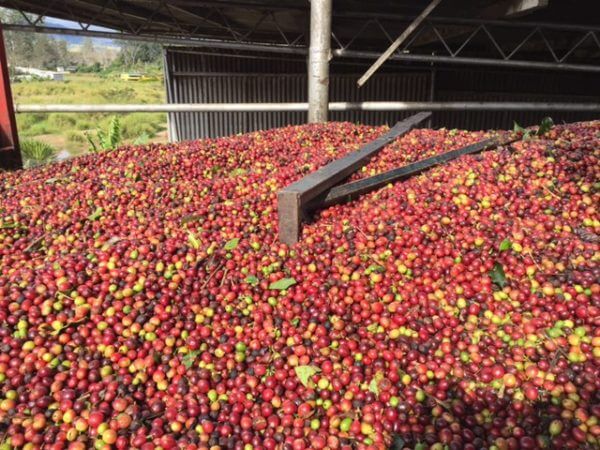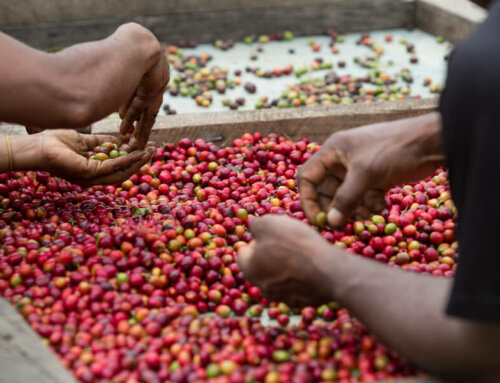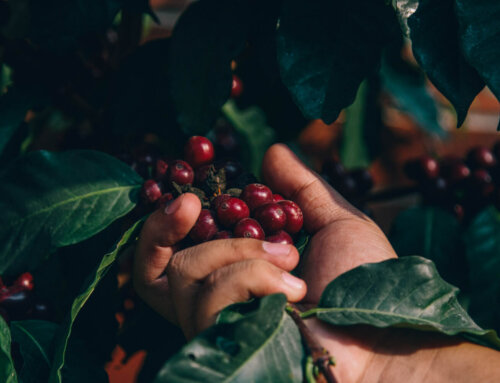Papua New Guinea
Arokara
Regional
Region : Eastern Highlands
Altitude : 1,300–1,600 masl
Process : Washed
Variety : Mixed
Grade : B16+
Q SCORE : 82.75
Soft acidity. Tangerine, caramel and sweet milk chocolate aftertaste.
Dominant Flavour

Secondary Flavour

ABOUT
Our Papua New Guinea Arokara come from the Arokara Cooperative in the Eastern Highlands. The cooperative works with a number of local plantations, the largest of which are Tairora and Gadsup.
These plantations were originally set up with modern farming methods by the Rural Development Bank. In the last 10 to 15 years, the plantations have been returned to the ownership and management of their original landowner groups, who do not use any chemicals or fertilisers in the production process. The cherry is hand picked by the whole group (or clan, as they’re called locally) and then pulped on the same day and fermented in cement vats for 36 hours.
After the fermentation process, the coffee is washed with fresh mountain stream water from the nearby Aru River and then sun dried until it reaches the nice, even blueish color that coffees from the area are known for. The drying process can take between seven and 12 days.
Workers who perform the processing come from the surrounding villages. The co-op employs between 20 and 60 people during the year, depending on the season (those numbers do not include the clan cherry pickers). In surrounding community, between 10,000 and 12,000 people depend on coffee exporting for income.
Coffee Gardening
Coffees from Papua New Guinea are revered for their interesting acidity and high variety. The country itself is unique in its mountainous topography and the incredible cultural diversity of its thousands of indigenous tribes.
Historical changes in infrastructure have reduced the number of centralised coffee plantations; thus, many Papua New Guinea plantations are actually collections of traditional “coffee gardens,” or small plots of as few as 20 plants grown alongside subsistence crops. With an increased introduction of updated processing methods, these already-incredible coffees continue to develop in quality and consistency.

